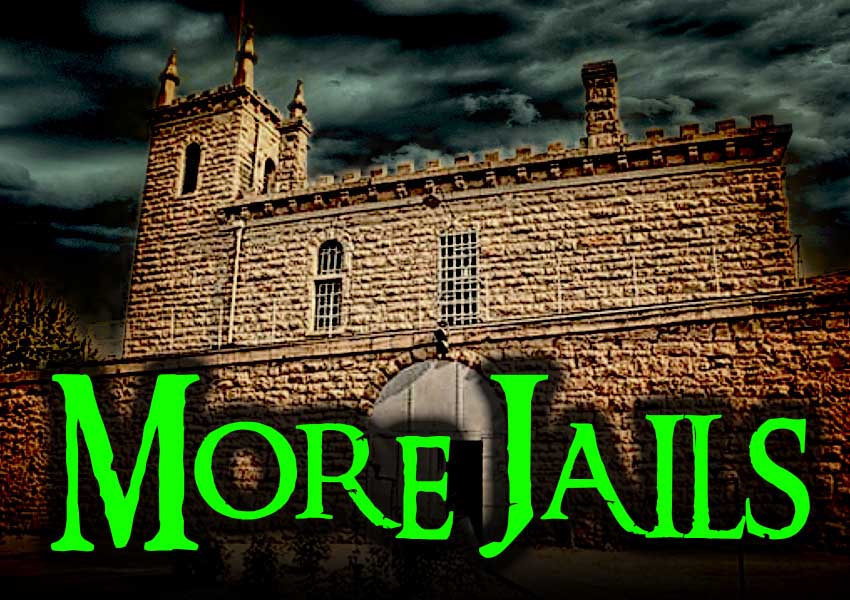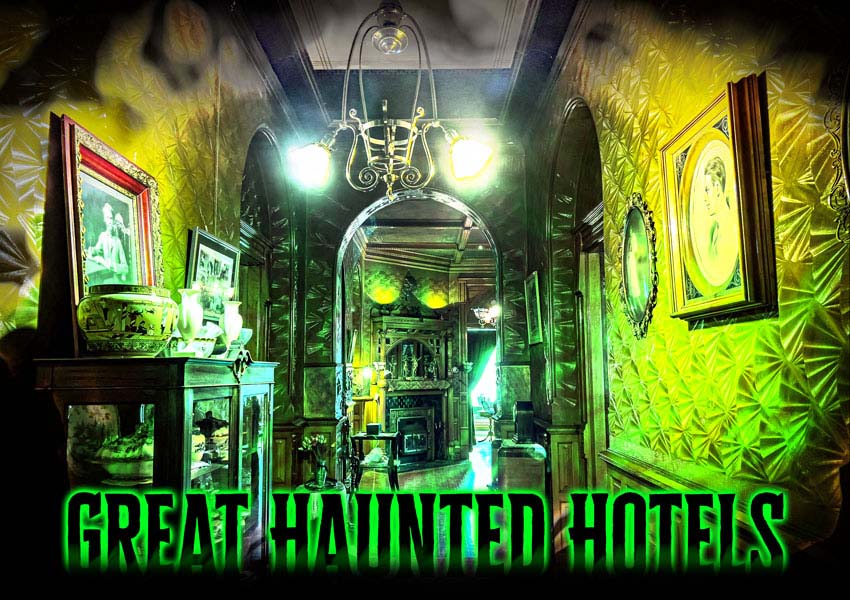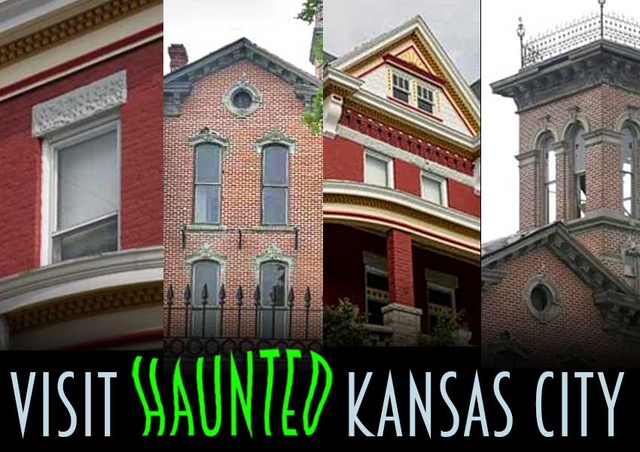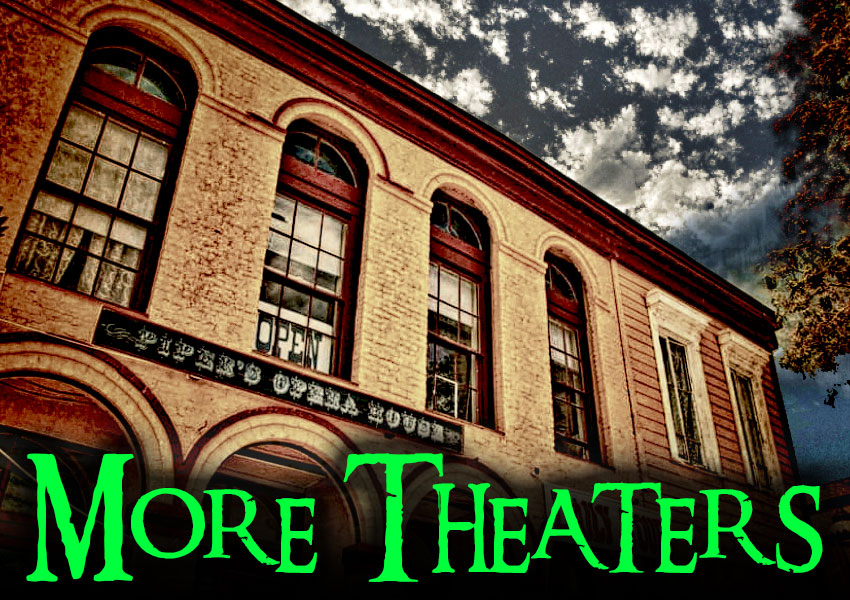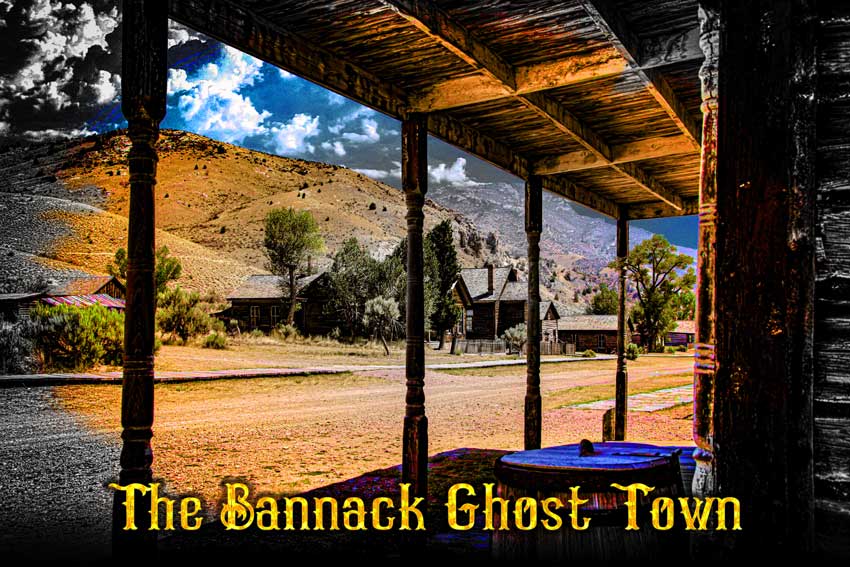Denver Colorado
Molly Brown House
Apparently the spirits of the original owners, their guests and
a grumpy servant are responsible for its paranormal activity.
DESCRIPTION
 This beautiful red sand and Rhyolite stone Victorian mansion, three stories tall, was built in 1889. Its claim to fame is that Margaret Tobin Brown and her husband James Joseph Brown bought it in 1894. Margaret is better known as Molly Brown, the most famous survivor of the sinking of the Titanic. After Molly’s life boat was picked up she began to take care of other survivors in the most dynamic ways. She became a national heroine, and eventually inspired a Broadway show in the 1960s, “The Unsinkable Molly Brown.” The show jogged the memories of people in Denver about her many accomplishments, which in turn led to a successful effort to save the home from the wrecking ball.
This beautiful red sand and Rhyolite stone Victorian mansion, three stories tall, was built in 1889. Its claim to fame is that Margaret Tobin Brown and her husband James Joseph Brown bought it in 1894. Margaret is better known as Molly Brown, the most famous survivor of the sinking of the Titanic. After Molly’s life boat was picked up she began to take care of other survivors in the most dynamic ways. She became a national heroine, and eventually inspired a Broadway show in the 1960s, “The Unsinkable Molly Brown.” The show jogged the memories of people in Denver about her many accomplishments, which in turn led to a successful effort to save the home from the wrecking ball.
The Molly Brown House features a combination of Classic Queen Anne architectural styles, including Richardsonian Romanesque and refined neoclassical. The result is a unique and eclectic home. It was an inspiring idea to use the combination of gray rhyolite stone and red sandstone building materials, as the combination produced a stunning effect. Stained glass windows, ornamental wood panels, and curved brackets enhance its lavish appearance.
The home is considered upper-class, but not to the point of being a mansion for the extremely wealthy. It did come with uncommon amenities for its time, however, including “electric lights, a telephone, indoor plumbing (including one indoor bathroom with hot and cold running water), and forced heat and air.”
On the first floor, one found a formal parlor, dining room, and sunroom, used for entertaining important guests. There was also a family parlor and library where the Brown family played, read, and relaxed together. The house also had a “large, very modern kitchen complete with both a butler’s pantry and a cook’s pantry.”
On the second floor, each Brown family member had their own room, with a spare room for Molly’s parents. The third floor was set aside for female servants while the male servants stayed on the second floor of the carriage house.
Molly and J.J., like homeowners throughout time, made additions. They added the handsome stone retaining wall separating the lawn from the sidewalk. Desirng a bigger carriage house, they doubled its size. For practical reasons, the Browns made two useable year-round rooms from a pair of wooden porches at the back of the house by enclosing them with bricks. Molly switched the location of the family parlor and library. She replaced the original plain staircase with a more impressive one and extended it from the second floor to the third.
Molly loved to travel and brought back art from abroad, including two Egyptian Phoenixes which she put in the front of the house.
HISTORY
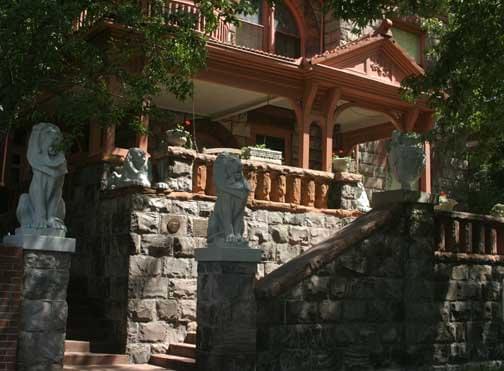 Margaret Tobin Brown was born into a hard-working blue collar family with six children. She learned about the importance of hard work and education. After moving to Leadville, she worked at a goods store while living with her brother, with the dream of marrying a rich man so she could help her family. At a church picnic she met James Joseph “J.J.” Brown, a poor man but also the love of her life, so she changed her dream and married for love in 1886.
Margaret Tobin Brown was born into a hard-working blue collar family with six children. She learned about the importance of hard work and education. After moving to Leadville, she worked at a goods store while living with her brother, with the dream of marrying a rich man so she could help her family. At a church picnic she met James Joseph “J.J.” Brown, a poor man but also the love of her life, so she changed her dream and married for love in 1886.
They moved closer to the lead mine where J.J. worked and lived in a two-room log cabin. Molly hired tutors to continue her education, studying reading, literature, and music. The Irish maid they hired studied with Molly, beginning a practice in which Molly always included the servants in her own tutoring sessions. By 1889, Molly and J.J. had two children and were living back in Leadville in a nice house, with nearly all the Tobin clan living nearby. These were the happiest years of Molly’s life.
J.J. made good money while in charge of the many mining operations of Ibex Mining Company. He worked hard and had business sense. The purchase of Little Johnny Mine brought a huge change in their financial fortunes. A large vein of gold was discovered in this mine. “The grade of gold was so pure and the vein so wide it was heralded as the world’s richest gold strike. By October 29, 1893, the Little Johnny was shipping 135 tons of gold per day.” This gold strike revitalized the mining industry in Leadville.
The Brown family then moved to Denver and bought the 1889 Victorian Mansion, built by renowned architect William Lang, who was hired by Isaac and Mary Large to do so.
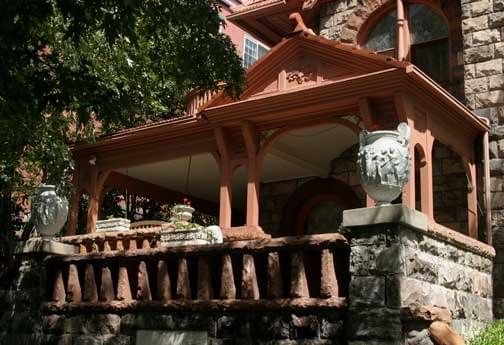
Molly and J.J. were giving people and shared their money with charities and did a lot of good works in both Leadville and Denver. This was just the beginning of her life of serving others less fortunate, for she believed that money was a tool for helping others. By the end of her life, Margaret’s life of “humanitarian and philanthropic service and her never-ending spirit were well recognized.”
Her marriage to J.J. ended in 1909, but they remained friends. It was hard for J.J. to be married to such a dynamo. She became active in social causes like raising money for a juvenile justice system, became involved in the Red Cross, traveled to France during WWI, and helped people there through an organization called the American Committee for Devastated France.
When the marriage ended, Molly Brown spent less and less time in Denver and decided to rent out their house to various families for many years until the Great Depression, when she was forced to turn the house into a boarding facility. By the time she died in 1932, the house was in run-down condition. The owners who followed substantially altered the home to create 12 separate spaces for renters.
In 1958 Art Leisenring bought the house and ran a gentleman’s boarding house for two years. He then leased it to the city of Denver, which made it a home for wayward girls. By 1970, urban renewal was in full swing, and the home had a date with the wrecking ball. Leisenring formed Historic Denver Inc., which raised money to save Molly Brown’s House. It was meticulously restored to its former splendor and opened as a museum.
MANIFESTATIONS
The entities of Molly Brown and her husband James Joseph
The entities of Molly Brown and her husband J.J. still putter around their old home, going about their business, doing what they liked to do while alive.
Staff and guests to the museum have smelled pipe and cigar smoke, the tell tale sign that J.J. has been enjoying his smokes again, although there is no smoking allowed for the living.
Cold spots have been felt in Molly Brown’s room, and her apparition has been seen by the living as she goes around corners.
The female entity dressed in a Victorian dress
This female apparition, dressed in Victorian attire, likes to sit at the dining room table, and has allowed the living to take pictures of her. When feeling energetic, this entity likes to rearrange the chairs around the same table.
J. J. and Molly had a daughter named Catherine Ellen who died young.
The window blinds in Catherine Ellen’s room room raise and lower on their own.
The entity of Johanna
Molly’s mother, Johanna, stayed in Catherine Ellen’s old room
Images of her entity have been seen in the room’s window.
The entity of a male servant
This frequently grumpy spirit has been seen in the mirror near the stairs on the first floor.
STILL HAUNTED?
Yes indeed.
Five to six entities have moved back into their own home.
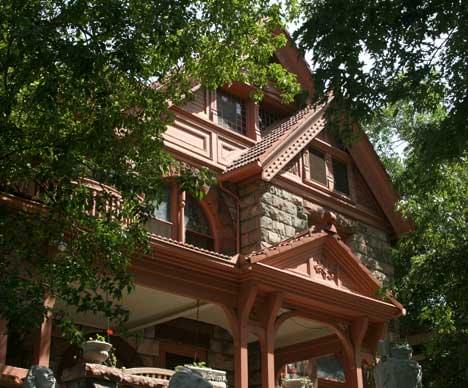
LOCATION
1340 Pennsylvania Street
Denver, Colorado 80203
(303) 832-4092
Molly Brown’s house can be found in the fashionable Capitol Hill area, on the corner of Pennsylvania Street and 13th Street.
Our Haunted Paranormal Stories are Written by Julie Carr
Our Photos are copyrighted by Tom Carr
Visit the memorable… Milwaukee Haunted Hotel
SOURCES INCLUDE
- mollybrown.org
- Americanghosts.com
- HAUNTED PLACES: The National Directory
by Dennis William Hauck
The Penguin Group, 2002
Our Haunted Paranormal Stories are Written by Julie Carr
Your Road Trip to Milwaukee’s Hot Spots


